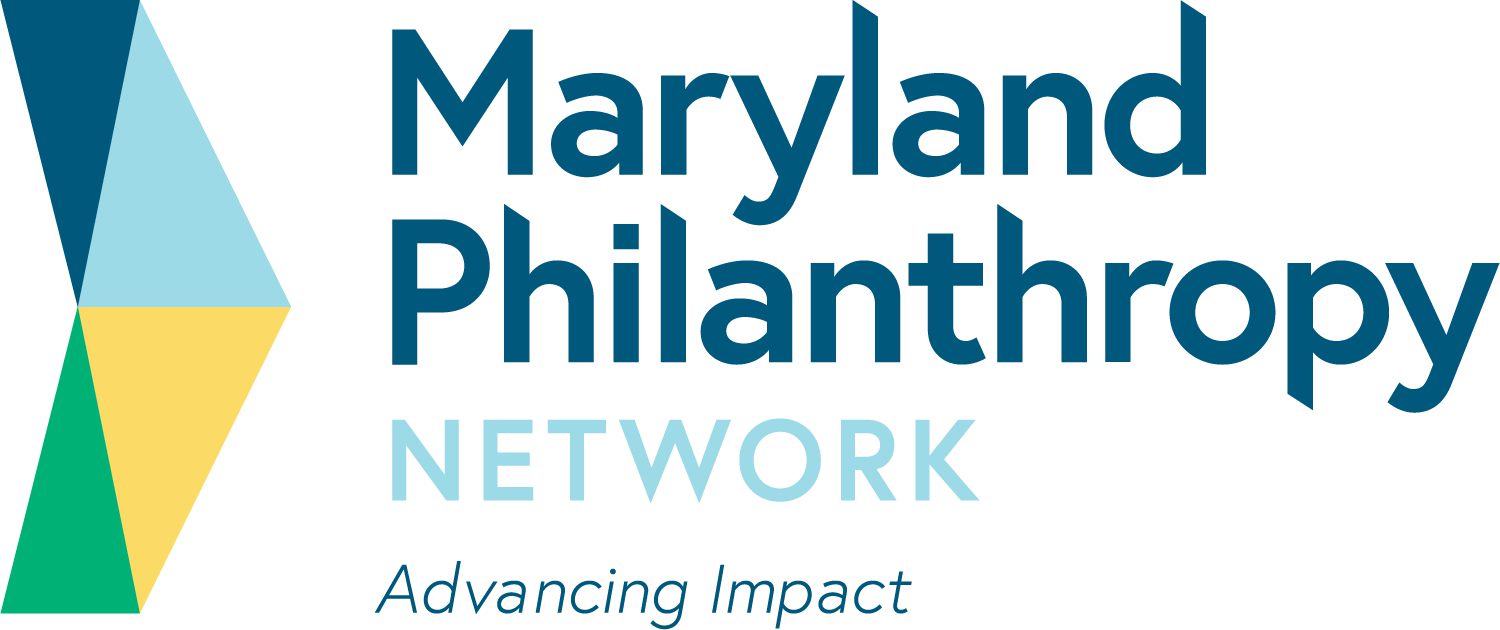Beyond Window Dressing: A Call for Reform of Private Foundations to Address the Race-based Wealth Gap
This article first examines the role of power in traditional private philanthropy before outlining current attempts at reform and discussing the importance of funding advocacy work.
Second, the author Hannah Hahn, a Visiting Practitioner at the Center for Public and Nonprofit Leadership and the Program Officer for The Morris and Gwendolyn Cafritz Foundation, makes the case that these reform efforts are not enough on their own and question whether private foundations, although generally (and rightfully) institutions of benevolence, have in some ways failed to honor the full extent of their social compact –the agreement that in exchange for tax benefits, foundations contribute their assets to make measurable improvements to society and culture.
Third, Hahn argues that there is significant potential for foundations to do more than they currently do with regards to the rebalancing of power and race-based inequity in the United States, and globally. Hahn makes the case that it requires a reconsideration of how long foundations can, and should, hold wealth, how foundation staff interact with communities, and how resources might be spent over time.
Finally, Hahn includes recommendations for private foundations to consider spending down their endowments and in doing so, invest in programs and initiatives that have the potential to right historical power imbalances by providing research-based economic opportunities for communities that have historically been marginalized.
Click here to read the full article.
Source: Georgetown University McCourt School of Public Policy Center for Public and Nonprofit Leadership
Additionally, on November 4, 2021, the Center for Public and Nonprofit Leadership hosted an honest discussion–and call to action– informed by the paper for the philanthropy sector to invest more in advocacy to dismantle systemic injustice, and at the same time, support the creative force of entrepreneurship to build dynamic, equitable communities.
FIND MORE BY:

